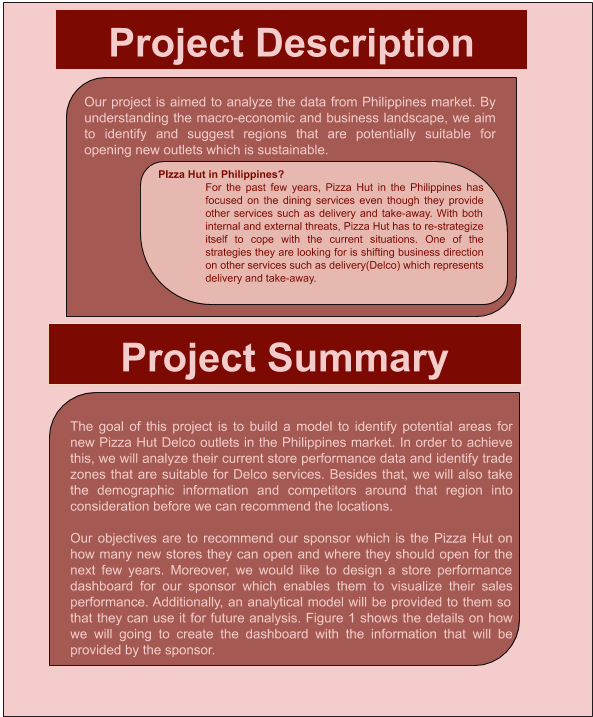Difference between revisions of "SMT483G2: AThings Overview"
Pykhiew.2017 (talk | contribs) |
|||
| Line 3: | Line 3: | ||
<!--/HEADER--> | <!--/HEADER--> | ||
| + | <br> | ||
<!--MENU--> | <!--MENU--> | ||
<!--rax--> | <!--rax--> | ||
| Line 23: | Line 24: | ||
|} | |} | ||
| + | <!--/MENU--> | ||
| + | <br> | ||
| + | <!--Sub Header Start--> | ||
| + | <!--rax--> | ||
| + | {| style="background-color:white; color:white padding: 5px 0 0 0;" width="100%" height=50px cellspacing="0" cellpadding="0" valign="top" border="0" | | ||
| + | | style="vertical-align:top;width:15%;" | <div style="padding: 3px; font-weight: bold; text-align:center; line-height: wrap_content; font-size:13px; border-bottom:3px solid #7c0a02; font-family:helvetica"> [[SMT483G2: A-Things Project Background| <font color="#232D34"><b>Project Overview</b></font>]] | ||
| − | <!-- | + | | style="vertical-align:top;width:15%;" | <div style="padding: 3px; font-weight: bold; text-align:center; line-height: wrap_content; font-size:13px; border-bottom:1px solid #7c0a02; font-family:helvetica"> [[SMT483G2: A-Things Phase I & Data| <font color="#232D34"><b>Phase I & Data</b></font>]] |
| + | |||
| + | | style="vertical-align:top;width:15%;" | <div style="padding: 3px; font-weight: bold; text-align:center; line-height: wrap_content; font-size:13px; border-bottom:1px solid #7c0a02; font-family:helvetica"> [[SMT483G2: A-Things Phase II| <font color="#232D34"><b>Phase II</b></font>]] | ||
| + | |||
| + | <!--Sub Header End--> | ||
| + | <br> | ||
| + | <!-- Body --> | ||
| + | [[File:Description & Motivation.png|1000px|frameless|center]] | ||
| + | <!-- /Body --> | ||
<!-- Body --> | <!-- Body --> | ||
Revision as of 15:26, 29 September 2020
Phase II
ContentsProject Background
Security issues in IoT applications could easily lead to serious physical, financial, and psychological harms. For example, a malicious IoT app can take over the control of a smart car and threaten peoples’ lives. This project contributes to the advancement of information technology in terms of detecting anomalies in IoT applications that could cause such catastrophic affects. After detecting anomalous behaviors of IoT applications and generating random test cases, it is important to find the sequence of events to systematically deal with inter-dependencies and diverse nature of IoT ecosystem.
Summary
Aim: To identify anomalous sensitive operations (operations that requires access to sensitive information and actions, such as the permission to send SMS, the opening of Smart locks) performed by IoT applications
Phase IDuring Phase I of the project, program analysis is used to generate valid inputs and track coverage of sinks. The output produced shows sequences of generated events and corresponding actions performed by the application, to be reviewed by the tester for possible anomalies (in the form of log files). In this stage, an automatic testing tool has been built for test generation for sensitive operation by apps, where there is an improvement in coverage of sinks by 184% (where sensitive operation taps on, by this, we are able to increase the scope of test case performed) and produce 20% fewer test cases compare to ad-hoc testing approach.
Phase IIweek 1 - week 7In part 1 of phase II, we are processing the log files handed over from phase II and prepare it for topic modeling, in which we obtain the most dominant topics that prevail in the apps. Each topic generated from topic modeling would be in a combination of words, and each app can be viewed as a probability distribution of topics. In this stage, such probability distribution data is then fed into unsupervised high dimensional clustering algorithms, producing clusters based on the similarity between the topic distribution of the apps. In summary, we are building our clustering models in 3 steps:
week 8 - week 13In the second part of phase II, we will be experimenting with the clustering model, exploring other algorithms, and testing our model with more data if time permits. The main focus here would be to compare malicious app behavior with trusted app behavior to identify the malicious app, for any new app, we will first classify it into one of the clusters that we have. Next, we will examine the operations performed by the app, and compare it to the range of operations that the legitimate apps in the cluster would perform, for identification of malicious behavior.
About Our Data
In each of the log file, parameters regarding the identities of apps, their operations, test case duration and events that are trigger during the test are recorded in txt files, in the form of key-value pairs.
|

